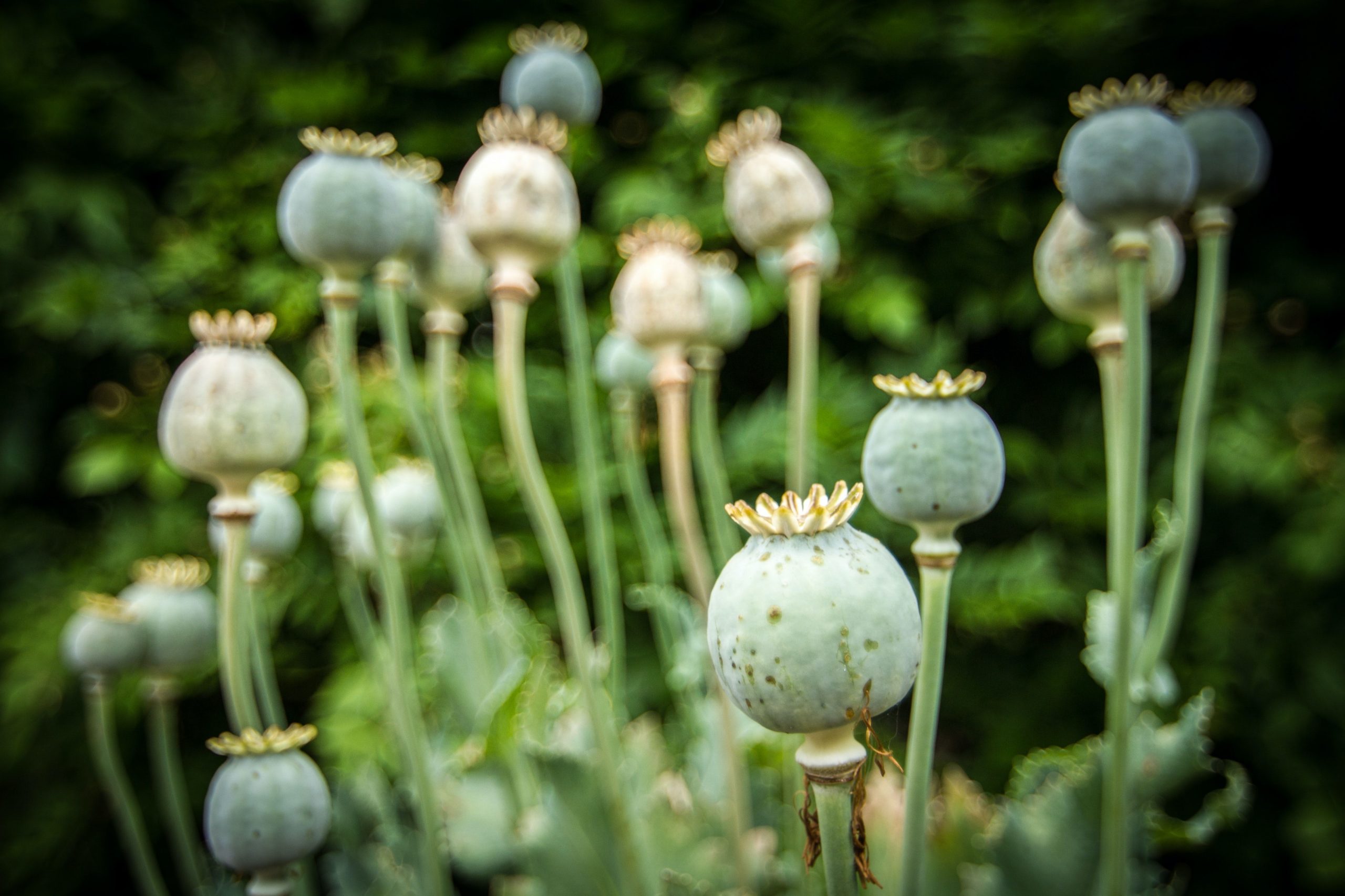A United Report stated that Afghanistan‘s opium production crossed the 6,000-ton mark for the consecutive fifth year. This amount of production has undermined the efforts of the war-afflicted nation from being the hub of the global drug trade. In 2021, the Taliban-run country has produced 6,800 tons in 2021.
Not only the production but also the uncertainty resulting from the Taliban’s takeover has prompted the opium prices to climb in August and September. The output grew 8% this year.
As per the UN report, the incentives for cultivation have also risen as prices have picked up pace amid soaring poverty and food insecurity.
“The 2022 opium harvest will be based on decisions that farmers will make in November 2021, when they are starting to sow opium poppy,” the report, released Monday, added.
The world’s largest opium producer, Afghanistan accounts for some 87% of the global production. This is despite a $9 billion, a two-decade effort by the United States to bring to a halt an illegal production of the drug in the country. The cultivation of the crop also makes up for the biggest share of illegal activity in the country. In Afghanistan, the economy has been dependent for long on foreign aid and opium sales.
“Income from opiates in Afghanistan amounted to some $1.8-$2.7 billion in 2021,” the report said.
“However, much larger sums are accrued along illicit drug supply chains outside Afghanistan.”
Opium is derived from the sap in unripe poppy-seed pods. The sap is dried into a brown latex that contains alkaloids, which in turn, produces a host of narcotics and pharmaceutical drugs. These include heroin, methamphetamine, morphine and codeine.
As for its history, opium contains the earliest archeological evidence of human use in the Mediterranean region. Its oldest known seeds date back to more than 5000 BC in the Neolithic age. It has been used in food, anesthetics, and different rituals.







